A Collection Of Pottery That Descended In The Bach Family Of Allentown, Pa.
By Justin W. Thomas - July 26, 2024
During the late 19th and early 20th century, Lehigh Valley, Pa., was a major player in the development of extractive industries, including steel and cement production, coal mining and slate quarrying. Among the mill cities heavily involved with this industrial movement was Allentown, which was home to the AllentownIronCompany, the citys economic driver from the mid-19th century to about the 1890s. Allentown also saw some utilitarian pottery production during this period. According to the 1870 U.S. Federal Census, Charles Bach and George Stroble are listed as potters in Allentown living in Ward 5 in the city. Both potters appear to have migrated to Pennsylvania sometime in the 1860s, whereas Bach was born in Wrttemberg, Germany, about 1834 and Stroble in Bavaria, Germany, about 1844. They were perhaps working together at the same pottery business producing red earthenware. Based on Bach family oral history, Charles W. Bach established the Allentown Pottery in 1865, located on 416-418 Penn St. The Manufacturing and Mercantile Resources of the Lehigh Valley in 1881 states Bach manufactured a variety of flowerpots, hanging baskets, jars, cake molds, jugs, etc., and that his specialty was ornamental work. This company later established a flower business that was sold along with the pottery. Bach also had at least one son who was a potter at the Allentown business, also named Charles Bach (1860-1908), born in Wrttemberg on Oct. 31, 1860. At some point in the late 1800s, the younger Bach must have taken control of the business, eventually passing it on to a daughter and son-in-law around the time of his death in 1908. In a firsthand account published in The Morning Call on Nov. 26, 1959, titled, Only Memories Remain for Citys Surviving Potterer, journalist Jim ODonnell spoke with the daughter of the younger Charles Bach, Mrs. Florence (Bach) Nippert (1887-1973), who was 73 years old at the time of the interview; according to Mrs. Nippert, My grandfather founded the Allentown Pottery in 1865. It was the first and only pottery in Allentown. He started the fire in his kiln shortly after he arrived in the country from Germany. He was trained in the ceramic art by his father, a descendant of a long line of potterers. A museum in Philadelphia offered me $100 for a bank my father made in the shape of a chicken. When the business was prosperous, the Bach Pottery had two kilns and three greenhouses. I started the flower business when I was very young. I graduated from the Herbst School (in Allentown) and could have gone to high school but I had to work in the pottery. People came from New Jersey on Sunday to browse for pottery and buy our flowers. In 1896, Charlie (Charles Bachs son) moved the pottery business to 413 N. Penn St. At this location, the ground dips eight feet below the street level. Charlie knew this would be an ideal site for his kilns, where he made vases, crocks, pots, jugs, bowls and sponge-cake molds. The clay was brought by a horse team from other locations in Pennsylvania, including Emmaus, Pennsburg and Rittersville. Also, according to Mrs. Nippert, Pots were not made to break but they were often used to weave a spell. A woman saddened by the desertion of her husband would order a distinctive lipped pot, with a lid, in which to boil a necktie belonging to her husband. Some magic words chanted by a hex doctor accompanied the boiling. And, presumably, the brewing would induce the wayward man to return home. Upon Charlies death in 1908, Florence and her husband, Raymond J. Nippert (1889-1951), dug and seeded the flower beds and worked the kilns until sometime around his death in 1951. In fact, in some ways, this three-generational family business is comparable to other family red earthenware businesses, like the Stahl family, who operated a company in the 19th and 20th century, also in Lehigh County, and the Medinger family in Montgomery County. Much of the production from the Nipperts in Allentown in the 1900s most likely went hand-in-hand with their floral business, unlike the Stahls and Medingers, who focused on more decorative and commemorative wares in the 20th century. Interestingly, a collection of red earthenware is privately owned in Pennsylvania today that descended in the Bach-Nippert family. They include a selection of multi-color glazed red earthenware flowerpots, along with a pot inscribed on the base, Made by / C.W. Bach / to J.S. Bloom / Riegelsville, PA. John S. Bloom (1860-1950) ran a florist shop in Riegelsvile in Bucks County, so this was likely one of the places that sold flowerpots and related wares that were made in Allentown. This partnership may have continued while the Nipperts were running the pottery and floral business. Riegelsville is located along the New Jersey border about 20 miles east of Allentown, and this may have also helped cater to the New Jersey market cited by Mrs. Nippert. Other objects that descended in the Bach family include a large 19th century red earthenware figure of a child with a green surface; the childs hands extended upwards, where a planter or pot then rests on top of the outstretched hands and childs head. This is an object that may have been inspired after industrial terracotta or perhaps even iron or bronze figures. Additionally, there are other objects known from Allentown today that do not retain any type of family ownership, such as a red earthenware pipe holder and match safe that is signed on the base Allentown / 1885. The object features a hatted man carrying a hollowed rucksack leaning up against a hollow tree stump. There is also a presentation mug known that is inscribed with the owners initials W.G.S. and impressed twice on the base C. BACH, a rare stamp, nonetheless. Some objects also exist in the collections of the Pennsylvania German Cultural Heritage Center and the Lehigh Valley Heritage Museum, which were displayed at the Landis Valley Village & Farm Museums two-part exhibit, Thrown, Fired and Glazed: The Redware Tradition from Pennsylvania and Beyond. Those objects include a multi-colored glazed red earthenware chicken coin bank, an unglazed hand-modeled head jug, a chicken waterer dated 1887 and stamped C. BACH, and a ledger that notes Charles W. Bach as the proprietor and that the business manufactured stoneware, red earthenware and owned greenhouses. There is also an outstanding multi-color glazed red earthenware flowerpot owned by Winterthur Museum, Gardens and Library. This is certainly an important family-run red earthenware pottery in Pennsylvania, which began with a potters migration from Europe to America during this countrys Industrial Revolution, where the Bach family then found a niche market, and production continued for nearly 90 years under three generations of ownership. Sources ODonnell, Jim. Only Memories Remain for Citys Surviving Potterer. The Morning Call, Allentown, PA, Nov. 26, 1959. Thomas, Justin W. The 19th- And 20th-Century Stahl Family Pottery In Lehigh County, PA.: Stahls Pottery Preservation Society Inc. Has Protected Homestead And Site. Antiques & Auction News, June 28, 2019.


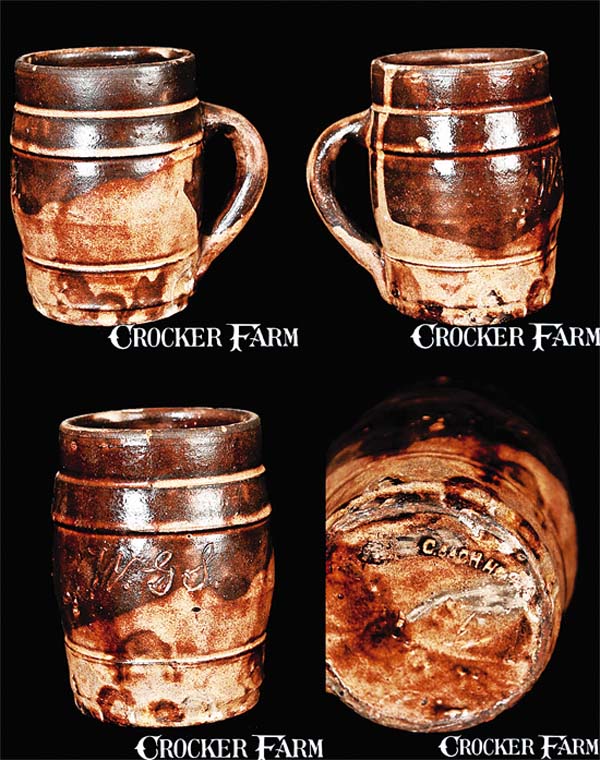
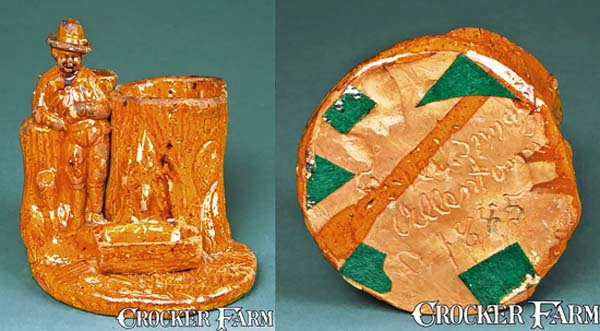


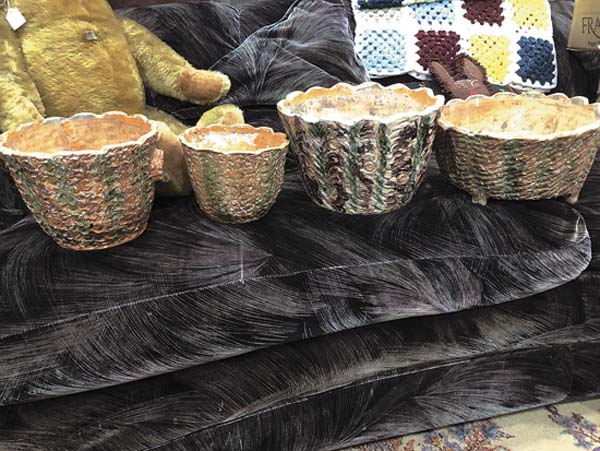
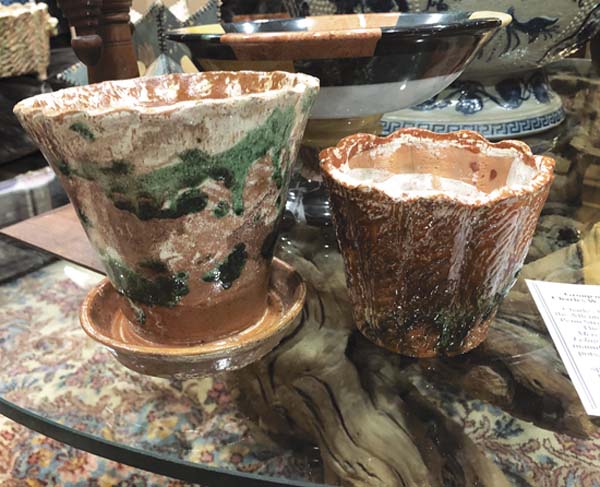
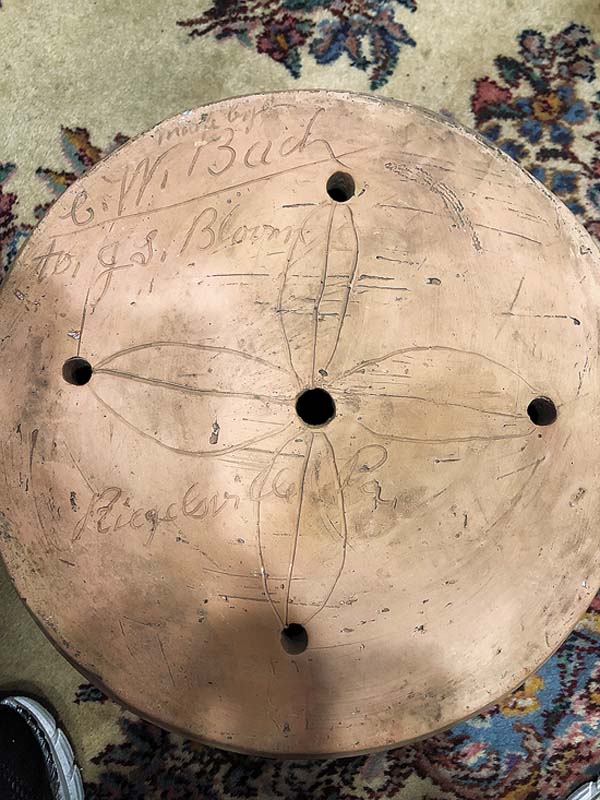
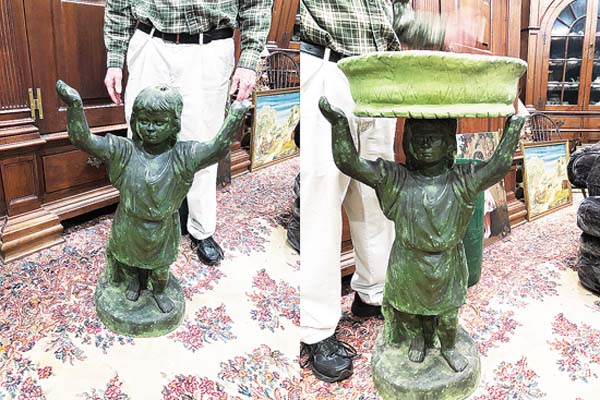
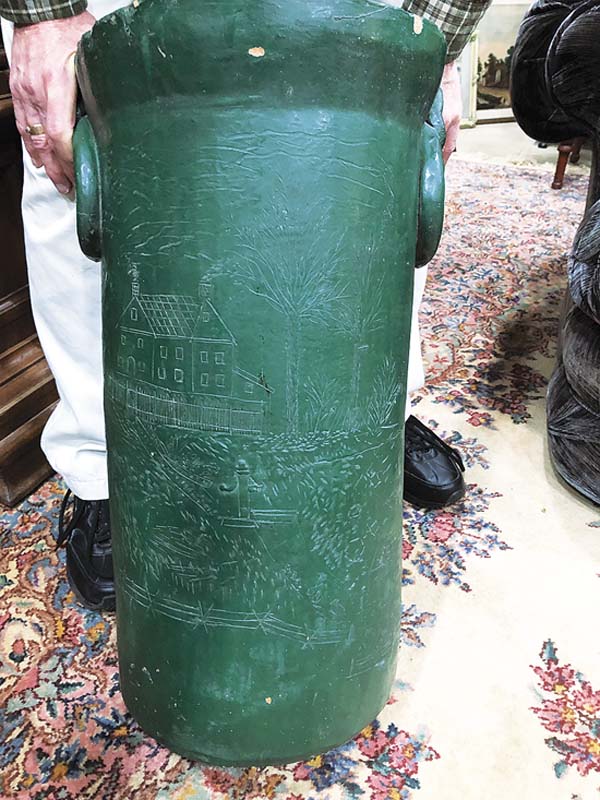
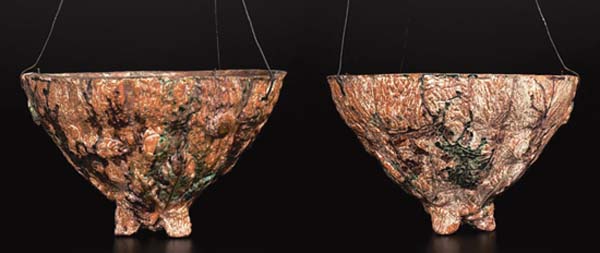
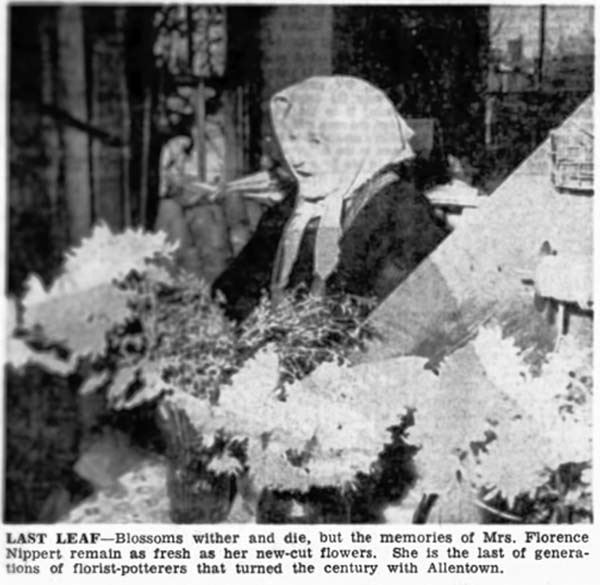

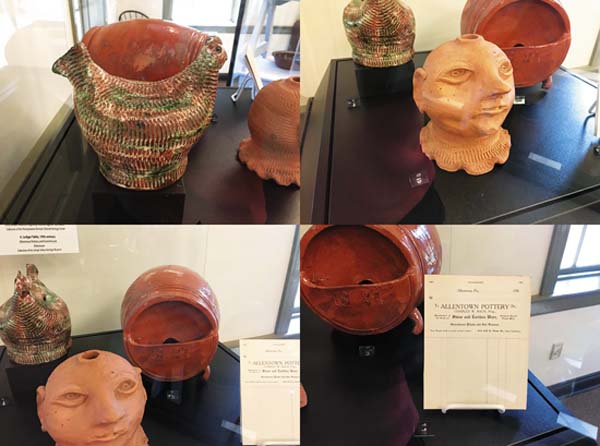

SHARE
PRINT